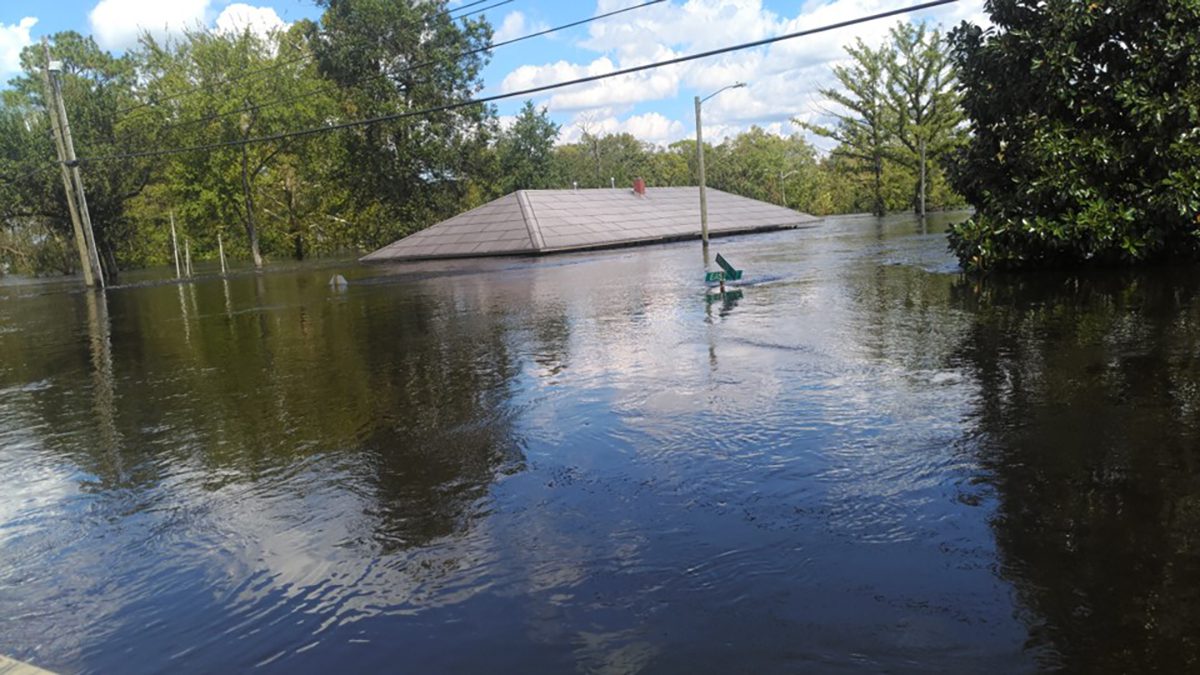The federal government estimates the amount of recoverable oil in the Atlantic at about 4.7 billion barrels. Natural gas stands at 37.5 trillion cubic feet.
The truth? Nobody really knows.
Supporter Spotlight
The latest estimates by the Bureau of Ocean Energy Management, or BOEM, has most of the oil and gas coming from its mid-Atlantic planning region, which stretches from the mouth of the Chesapeake Bay to the South Carolina-Georgia line. More than half of the recoverable oil – 2.4 billion barrels – and almost two-thirds of the gas – 23.4 trillion cubic feet – would be drilled off that section of shoreline.
The estimates, though, aren’t based on seismic surveys or exploratory drilling. Limited seismic work was done in the 1980s with equipment that would be considered primitive today. The 51 offshore wells that have been drilled along the East Coast were sunk in shallow sediments and probably in the wrong places. Most came up dry.
In coming up with these estimates, BOEM makes some assumptions about the underlying geology and then makes a prediction based on oil and gas finds at similar geologic structures around the world. The estimates keep going up as more oil and gas are found and as drilling technology improves.
No one really knows until seismic surveys are done sometime late this year or next year, said James Knapp, a former oil company geologist who is now a professor of earth and ocean sciences at the University of South Carolina.
“The BOEM estimates have some validity,” he said “I continue to submit, though, that if anything they’re conservative. They’re based on 30-year-old data and play concepts that are out of date.”
Supporter Spotlight
Modern seismic survey, especially the very sophisticated 3-D studies, will almost certainly increase the estimates, Knapp said.
Critics of drilling like to point out that BOEM’s estimates amount to about a year of oil at current U.S. consumption rates and 18 months of natural gas.
Any find off the East Coast would be close to consumers in some of the America’s largest cities, Knapp pointed out, and far from the despots that make some of the oil-producing countries a high risk.
“People tend to rattle off those kinds of volumes with disdain, but they would constitute 10 percent of the national undiscovered reserves,” he said. “If they’re conservative, it could be considerably more than that. The industry wouldn’t be willing to explore for it if they didn’t consider it valuable.”







